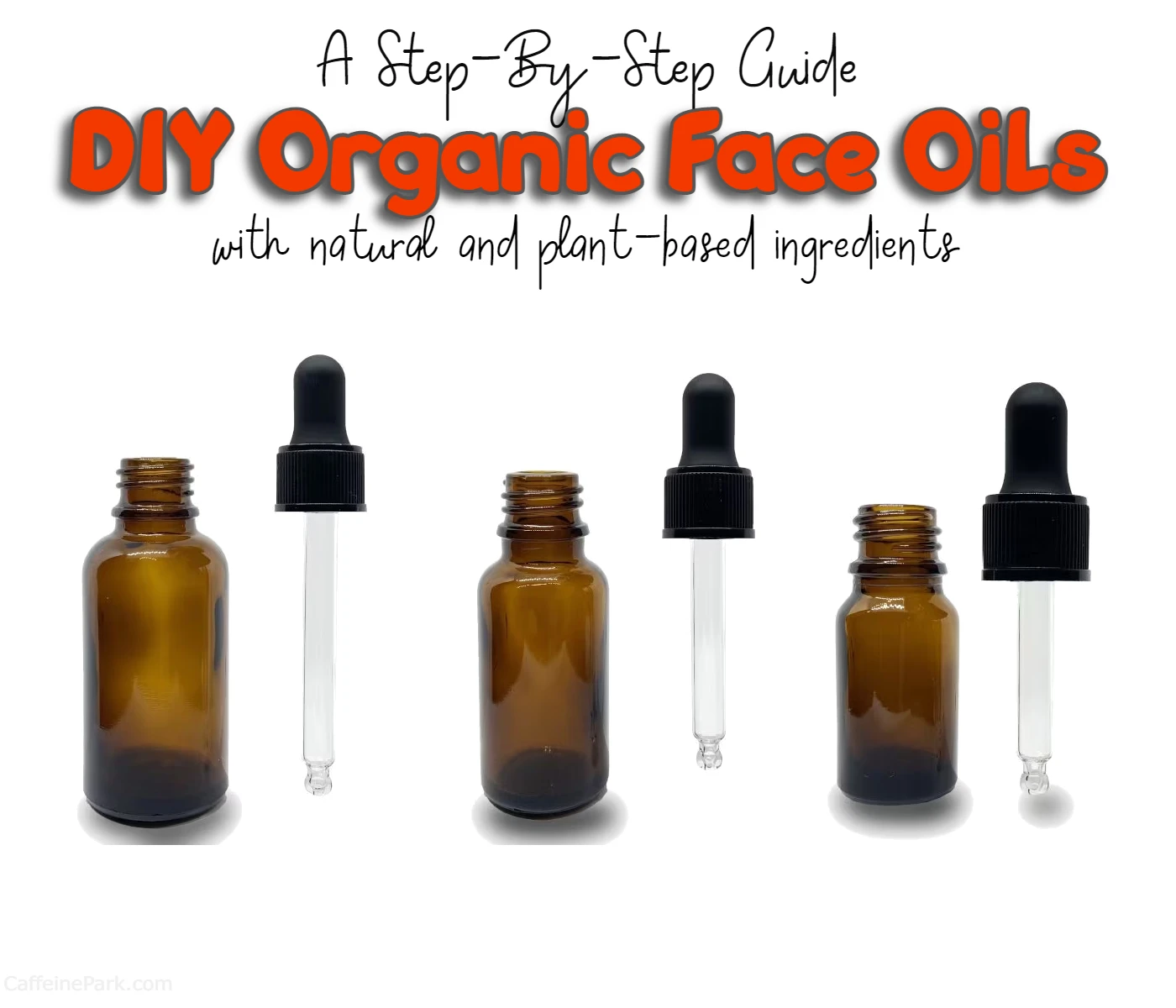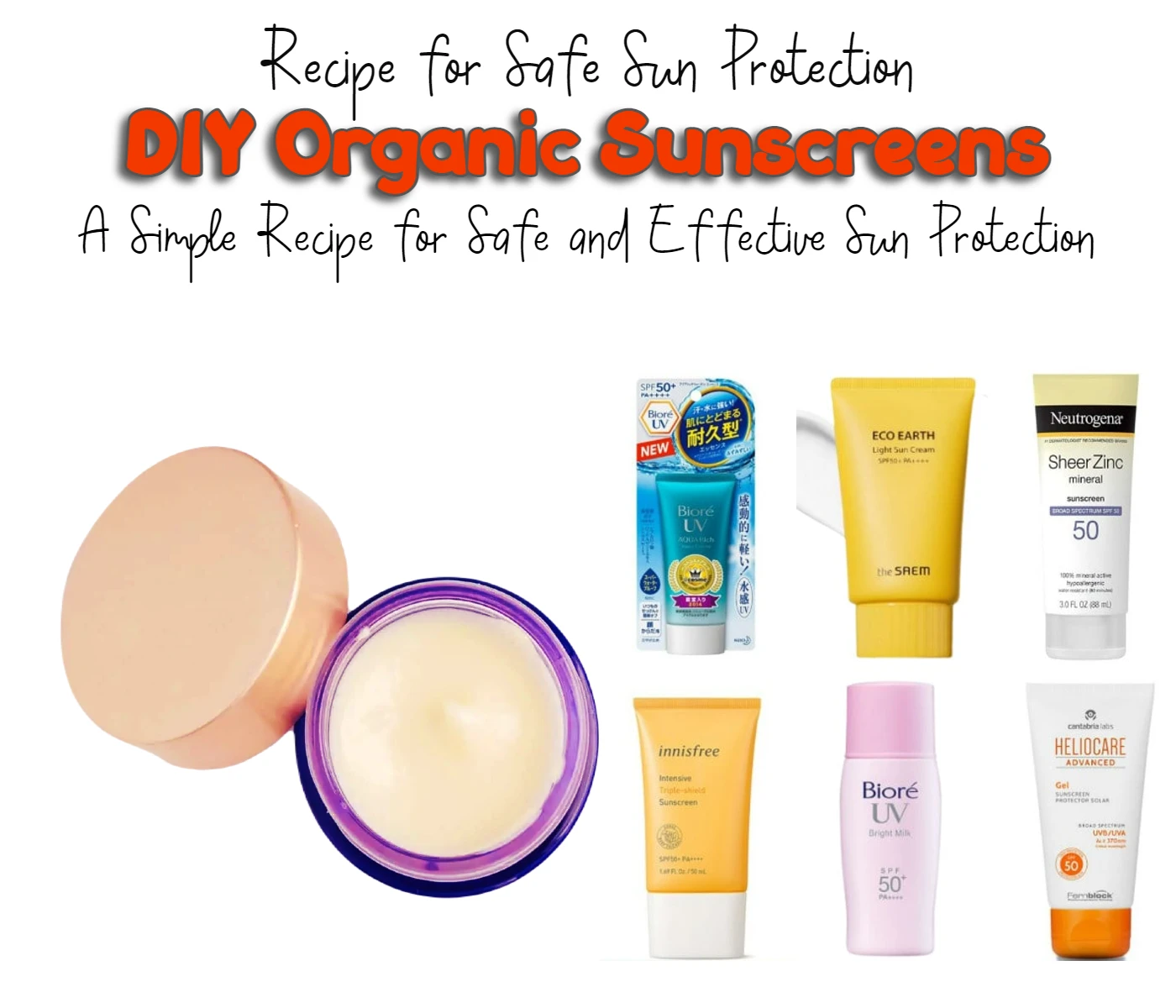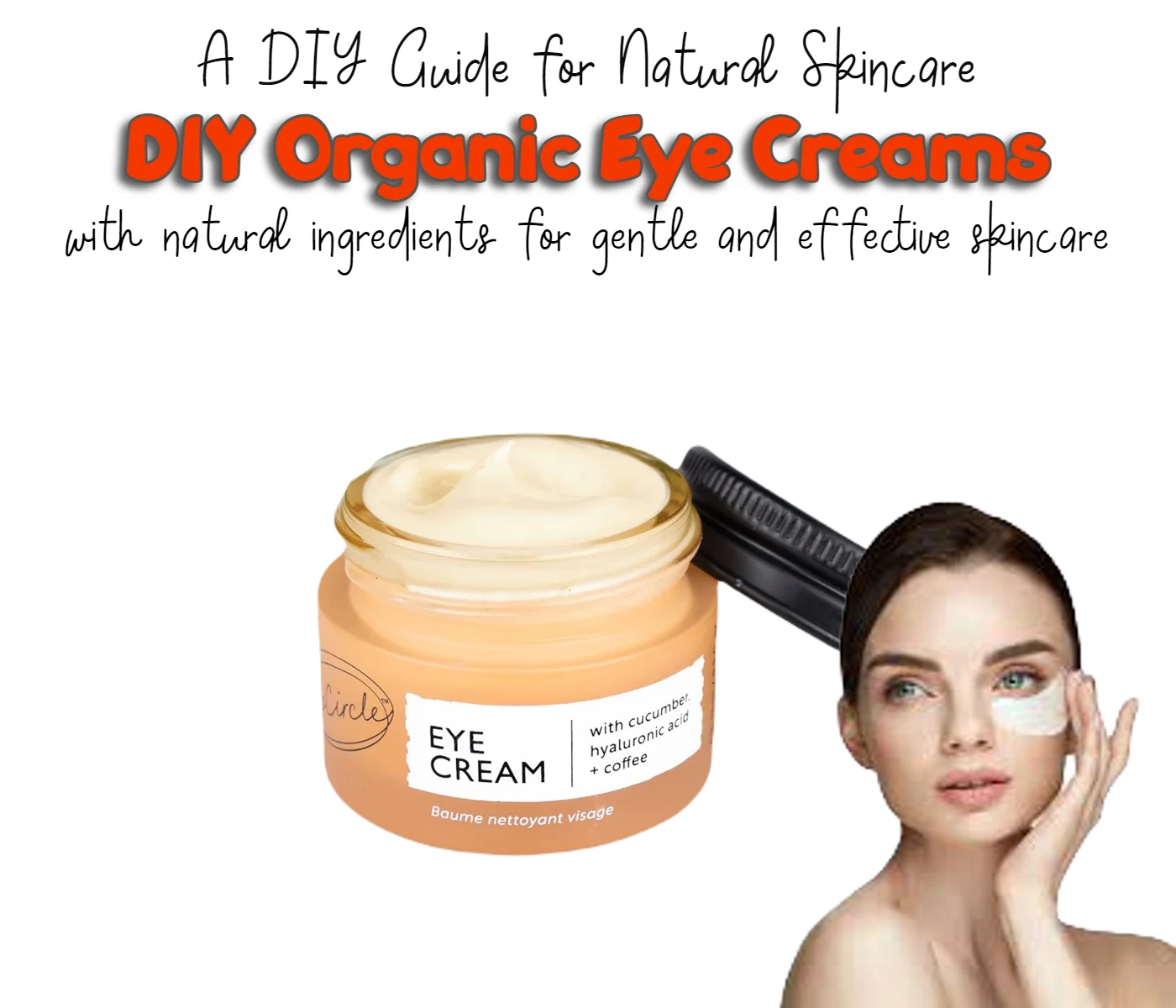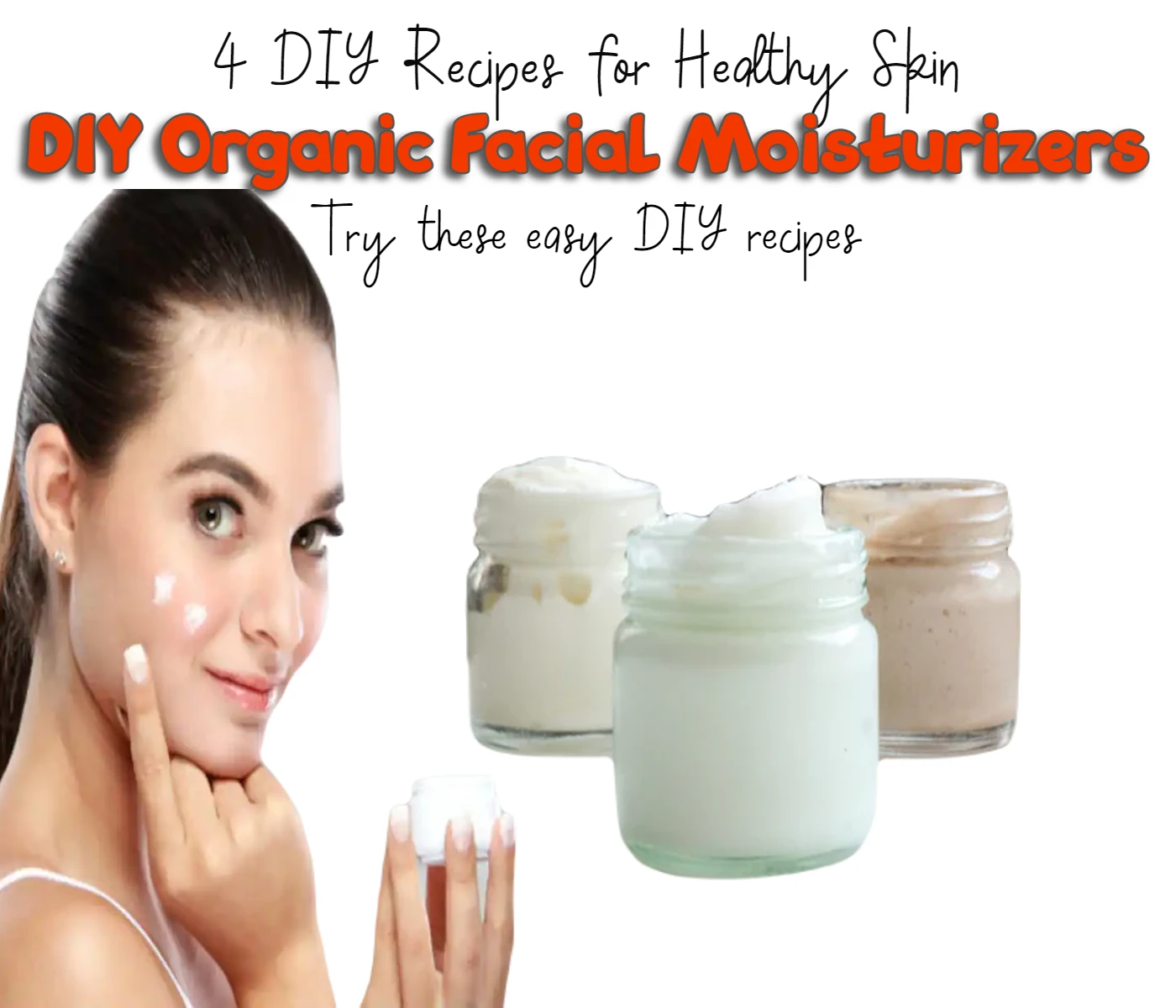How To Make Organic Face Oils

Welcome to my blog on how to make organic face oils! If you’re tired of using skincare products that are packed with chemicals and synthetic ingredients, then you’re in the right place. Making your own organic face oils is a fantastic way to take control of what you’re putting on your skin and tailor your skincare routine to your specific needs.
Not only are organic face oils free from harsh chemicals and toxins, but they’re also packed with natural and plant-based ingredients that provide numerous benefits for your skin. From reducing inflammation and redness to hydrating and nourishing dry skin, organic face oils offer a multitude of benefits that traditional skincare products simply can’t match.
So, are you ready to take the first step towards healthier, more radiant skin? Follow our step-by-step guide to learn how to make your own organic face oils and discover the benefits of all-natural skincare. From choosing the right carrier oil and essential oils to customizing your face oil to suit your specific needs, we’ll cover everything you need to know to get started. Don’t wait any longer to start taking care of your skin the natural way – read to the end of my blog and get started today!
What are Face Oils?
Face oils are a type of skincare product that are used to hydrate, nourish, and protect the skin. Unlike moisturizers that contain a mix of water and oil, face oils are made entirely of oils that penetrate deep into the skin to provide long-lasting hydration. Face oils can also help regulate oil production, reduce inflammation, and prevent the signs of aging.
Benefits of Organic Face Oils
Organic face oils are a great alternative to synthetic face oils because they contain only natural and plant-based ingredients. Here are some benefits of using organic face oils:
- Free of harmful chemicals: Organic face oils do not contain synthetic fragrances, preservatives, or other harmful chemicals that can irritate the skin.
- Suitable for all skin types: Organic face oils are gentle and can be used on all skin types, including sensitive skin.
- Nutrient-rich: Organic face oils are packed with vitamins, antioxidants, and other nutrients that nourish and protect the skin.
- Environmentally friendly: Organic face oils are made from sustainably sourced ingredients that are better for the environment than synthetic ingredients.
Now that we’ve covered the benefits of organic face oils, let’s dive into how to make them at home.
How to Make Organic Face Oils
Making organic face oils is a simple process that requires only a few ingredients and tools. Here’s what you’ll need:
Ingredients:
- Carrier oil: The carrier oil is the base of your face oil and should make up the majority of the mixture. Some popular carrier oils include jojoba oil, sweet almond oil, and grapeseed oil.
- Essential oil: Essential oils are highly concentrated plant extracts that provide fragrance and therapeutic benefits to the skin. Some popular essential oils for the skin include lavender, tea tree, and rose.
Tools:
- Glass dropper bottles: You’ll need glass dropper bottles to store your face oil. Glass is preferred over plastic because it won’t react with the oils and degrade over time.
- Measuring cups and spoons: You’ll need measuring cups and spoons to measure out your ingredients.
- Funnel: A funnel will make it easier to transfer the oils into the dropper bottles.
Home Made Steps
Now that you have your ingredients and tools, here are the steps to make your organic face oil:
- Choose your carrier oil
Choose a carrier oil that suits your skin type and the needs of your skin. Jojoba oil is a great all-purpose carrier oil, but if you have oily skin, grapeseed oil might be a better choice. If you have dry skin, you might want to try sweet almond oil.
- Choose your essential oil
Choose an essential oil that complements your carrier oil and provides additional benefits to your skin. For example, lavender essential oil is calming and can help soothe irritated skin, while tea tree oil has antibacterial properties that can help prevent acne.
- Mix your oils
Measure out your carrier oil and essential oil into a measuring cup or bowl. The general rule of thumb is to use 1-2% essential oil to carrier oil ratio. For example, if you’re using 1 ounce of carrier oil, you’ll need 6-12 drops of essential oil. Mix the oils together well.
- Transfer the oil to dropper bottles
Using a funnel, transfer the oil mixture into glass dropper bottles. This will make it easier to apply the oil to your skin and prevent spills.
- Label your bottles
Label your dropper bottles with the name of the oil, the date it was made, and the ingredients. This will make it easier to keep track of your oils and ensure that you’re using them before they expire.
Customizing Your Organic Face Oil
One of the best things about making your own organic face oil is that you can customize it to suit your skin’s specific needs. Here are some ingredients you can add to your face oil to address specific skin concerns:
- Acne-prone skin: Add tea tree essential oil, which has antibacterial properties that can help prevent acne.
- Aging skin: Add rosehip seed oil, which is rich in antioxidants and can help reduce the appearance of fine lines and wrinkles.
- Dry skin: Add avocado oil, which is rich in fatty acids and can help nourish and hydrate dry skin.
- Sensitive skin: Add chamomile essential oil, which is calming and can help soothe sensitive skin.
Tips for Using Organic Face Oils
Now that you’ve made your own organic face oil, here are some tips for using it:
- Apply the oil to clean, damp skin: This will help the oil absorb into your skin more easily.
- Use a small amount: A little goes a long way with face oils, so start with a few drops and add more if needed.
- Use in moderation: While face oils are great for hydrating the skin, using too much can clog pores and cause breakouts.
- Store in a cool, dark place: Organic face oils can spoil more quickly than synthetic oils, so it’s important to store them in a cool, dark place away from direct sunlight.
Conclusion
Making your own organic face oils is a great way to customize your skincare routine and ensure that you’re using only natural and plant-based ingredients on your skin. By choosing the right carrier oil and essential oil for your skin type and concerns, you can create a face oil that is tailored to your specific needs. With a few simple ingredients and tools, you can make your own organic face oil and enjoy the benefits of all-natural skincare. So, why not give it a try? Your skin will thank you!
Best Organic Face Oils brands
Here are some of the best organic face oil brands on the market:
- Herbivore Botanicals – This brand uses all-natural and organic ingredients to create luxurious face oils that are perfect for all skin types.
- Drunk Elephant – Drunk Elephant’s face oils are made with high-quality natural ingredients that are both effective and gentle on the skin.
- True Botanicals – True Botanicals creates face oils that are designed to tackle specific skin concerns, such as aging and acne.
- Indie Lee – Indie Lee’s face oils are made with organic and all-natural ingredients that are free from harsh chemicals and preservatives.
- Kora Organics – Kora Organics’ face oils are made with certified organic and natural ingredients that are designed to nourish and hydrate the skin.
- Osea – Osea’s face oils are made with sustainably sourced, organic ingredients that are ideal for sensitive and acne-prone skin.
When choosing an organic face oil brand, it’s important to look for brands that use high-quality, natural ingredients and have a commitment to sustainability and ethical practices. By choosing a reputable brand, you can ensure that you’re using the best possible products on your skin.
FAQs
Not at all! Making your own organic face oils is actually quite simple and only requires a few basic ingredients and tools. With our step-by-step guide, you’ll be able to make your own customized face oil in no time.
The carrier oil you choose will depend on your skin type and concerns. For example, if you have oily or acne-prone skin, you may want to choose a lighter oil such as jojoba oil. If you have dry skin, you may want to opt for a heavier oil such as avocado oil. Our guide will help you choose the right carrier oil for your skin type.
Organic face oils can spoil more quickly than synthetic oils, so it’s important to store them in a cool, dark place away from direct sunlight. Most organic face oils have a shelf life of around six months to a year, but this can vary depending on the specific ingredients used. It’s always a good idea to label your bottles with the date they were made and to use them before they expire.
Read More:



